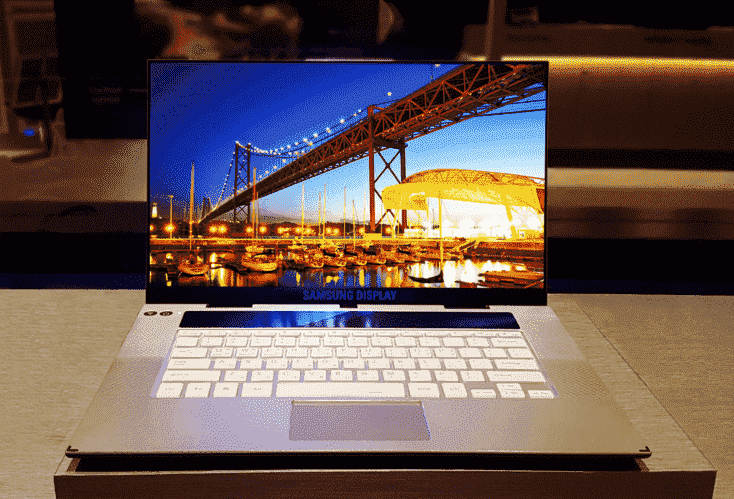As we all know, the methods commonly used in vacuum coating are vacuum transpiration and ion sputtering. What is the difference between transpiration coating and sputtering coating Many people have such questions. Let’s share with you the difference between transpiration coating and sputtering coating
Vacuum transpiration film is to heat the data to be transpiration to a fixed temperature by means of resistance heating or electron beam and laser shelling in an environment with a vacuum degree of no less than 10-2Pa, so that the thermal vibration energy of molecules or atoms in the data exceeds the binding energy of the surface, so that many molecules or atoms transpiration or increase, and directly deposit them on the substrate to form a film. Ion sputtering coating uses the high remonstrance movement of positive ions generated by gas discharge under the effect of electric field to bombard the target as the cathode, so that the atoms or molecules in the target escape and deposit on the surface of the plated workpiece to form the required film.
The most commonly used method of vacuum transpiration coating is resistance heating method. Its advantages are the simple structure of heating source, low cost and convenient operation. Its disadvantages are that it is not suitable for refractory metals and high temperature resistant media. Electron beam heating and laser heating can overcome the disadvantages of resistance heating. In electron beam heating, the focused electron beam is used to directly heat the shelled data, and the kinetic energy of the electron beam becomes heat energy to make the data transpiration. Laser heating uses high-power laser as the heating source, but due to the high cost of high-power laser, it can only be used in a small number of research laboratories.
Sputtering skill is different from vacuum transpiration skill. Sputtering refers to the phenomenon that charged particles bombard back to the surface (target) of the body, so that solid atoms or molecules are emitted from the surface. Most of the emitted particles are atomic, which is often called sputtered atoms. Sputtered particles used for shelling targets can be electrons, ions or neutral particles. Because ions are easy to obtain the required kinetic energy under electric field, ions are mostly selected as shelling particles.
The sputtering process is based on glow discharge, that is, the sputtering ions come from gas discharge. Different sputtering skills have different glow discharge methods. DC diode sputtering uses DC glow discharge; Triode sputtering is a glow discharge supported by hot cathode; RF sputtering uses RF glow discharge; Magnetron sputtering is a glow discharge controlled by an annular magnetic field.
Compared with vacuum transpiration coating, sputtering coating has many advantages. If any substance can be sputtered, especially elements and compounds with high melting point and low vapor pressure; The adhesion between sputtered film and substrate is good; High film density; The film thickness can be controlled and the repeatability is good. The disadvantage is that the equipment is complex and requires high-voltage devices.
In addition, the combination of transpiration method and sputtering method is ion plating. The advantages of this method are strong adhesion between the film and the substrate, high deposition rate and high density of the film.
Post time: May-09-2022






